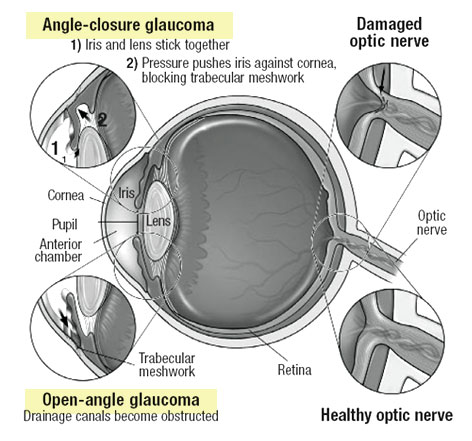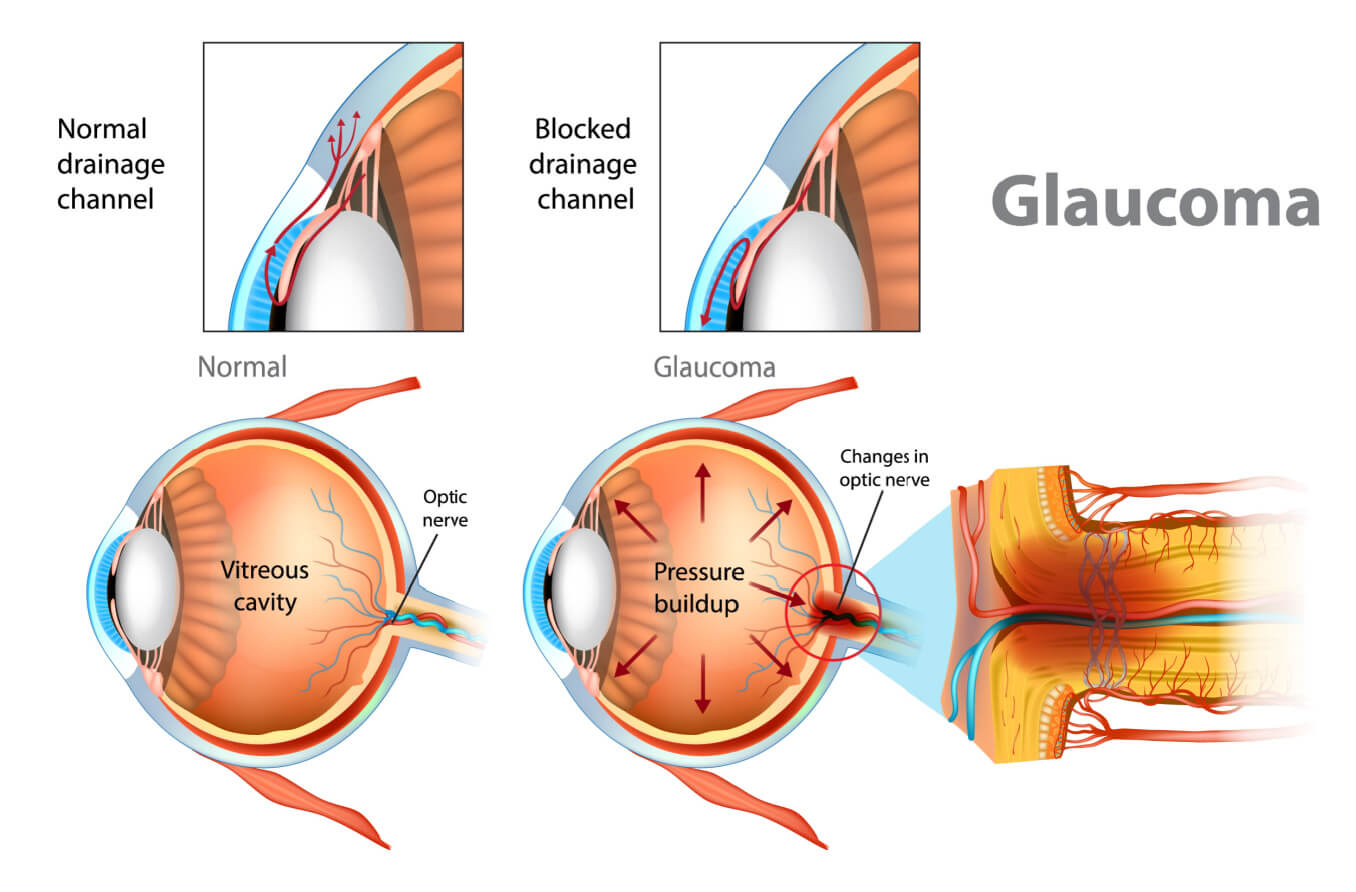Neighborhood Glaucoma Service Near Me: Very Early Detection and Therapy Options
Neighborhood Glaucoma Service Near Me: Very Early Detection and Therapy Options
Blog Article
Understanding the Different Vision Improvement Procedures Available for Clearer View
In the realm of vision improvement treatments, a multitude of choices exist to address refractive mistakes and supply individuals with clearer view. From the extensively identified LASIK surgery to much less invasive procedures like PRK and implantable lenses, the field of ophthalmology offers a variety of methods tailored to fit various demands and choices. Each treatment comes with its very own collection of factors to consider, advantages, and potential dangers. Comprehending the subtleties of these vision modification techniques is crucial for making informed choices concerning one's visual wellness. Let's discover the ins and outs of these treatments and dropped light on the course to accomplishing boosted vision quality.
LASIK Surgery
LASIK surgical procedure is a common refractive treatment utilized to deal with vision troubles such as astigmatism, nearsightedness, and farsightedness - glaucoma service near me. This surgical method, which stands for Laser-Assisted in Situ Keratomileusis, aims to reshape the cornea to boost exactly how light is concentrated on the retina, ultimately improving vision clearness. Throughout the procedure, a thin flap is developed on the cornea, and a laser is used to eliminate precise amounts of tissue to reshape it appropriately. This reshaping enables for light to be properly focused onto the retina, correcting refractive mistakes.
One of the key benefits of LASIK surgical procedure is the fast improvement in vision experienced by individuals. Overall, LASIK surgical procedure is a prominent selection for people seeking a lasting remedy for their vision troubles.
PRK Procedure
While likewise a typical refractive treatment, the PRK (Photorefractive Keratectomy) technique differs from LASIK surgical treatment in its method to dealing with vision troubles. In PRK, as opposed to developing a flap on the cornea, the outer layer of the cornea, called the epithelium, is completely eliminated. This permits the laser to improve the cornea to fix refractive mistakes such as astigmatism, nearsightedness, and farsightedness directly externally.

In spite of the longer recovery time, PRK can yield excellent cause vision improvement, making it an important option for those that might not appropriate candidates for LASIK surgical procedure.
Implantable Lenses
Unlike PRK where the cornea is improved directly, implantable lenses provide another method for dealing with vision by placing man-made lenses inside the eye. This procedure is particularly helpful for individuals with high degrees of astigmatism, nearsightedness, or farsightedness that might not be appropriate candidates for laser surgical procedures like LASIK or PRK.
Implantable lenses, additionally understood as phakic intraocular lenses, work by supplementing the eye's all-natural lens with a man-made one. eyecare near me. These lenses can be positioned in front of the all-natural lens (former chamber) or behind the iris and in front of the all-natural lens (posterior chamber) By adjusting the power redirected here and positioning of these lenses, ophthalmologists can effectively remedy refractive errors and boost visual acuity
One advantage of implantable lenses is that they are exchangeable and detachable, giving flexibility for future modifications. As with any medical procedure, there are dangers involved, such as infection or cataract formation. People taking into consideration implantable lenses must seek advice from with an eye care professional to establish one of the most appropriate option based on their individual needs and eye health.
Corneal Rings
Corneal rings, also called intracorneal ring sectors, are small, transparent gadgets placed into the cornea to fix vision distortions such as keratoconus. Keratoconus is a problem where the cornea thins and protrudes external, causing vision to come to be altered. The insertion of corneal rings assists to flatten the cornea, improving visual acuity and decreasing the irregular astigmatism brought on by keratoconus.
The treatment for putting corneal rings is reasonably quick and minimally intrusive, typically performed as an outpatient procedure. Throughout the surgery, the ophthalmologist makes a little laceration in the cornea and inserts the rings at a certain depth. Once in position, the rings assist to improve the cornea, offering a smoother surface for light to get in the eye, which can result in clearer vision.
Corneal rings are thought about a reversible treatment, as they can be gotten rid of or changed if necessary. glaucoma service near me. While they might not completely eliminate the demand for glasses or contact lenses, corneal rings can substantially boost vision high quality and overall visual convenience for people with keratoconus or various other corneal irregularities
Refractive Lens Exchange
Complying with the correction of corneal abnormalities with procedures like corneal rings, an additional vision correction technique that can address refractive mistakes is Refractive Lens Exchange (RLE) RLE is an operation that includes replacing the eye's all-natural lens with an artificial intraocular lens (IOL) to deal with refractive mistakes such as presbyopia, farsightedness, and nearsightedness. This procedure is specifically beneficial for people that may not be ideal prospects sites for treatments like LASIK or PRK due to factors such as slim corneas or high refractive mistakes.

Verdict
In conclusion, there are different vision modification procedures offered to help individuals attain clearer sight. LASIK surgery, PRK procedure, implantable lenses, corneal rings, and refractive lens exchange are all alternatives that can resolve various vision issues.
In the realm of vision improvement treatments, a next wide variety of choices exist to resolve refractive mistakes and supply people with clearer sight.LASIK surgery is an usual refractive treatment utilized to correct vision issues such as farsightedness, astigmatism, and nearsightedness.While also a common refractive procedure, the PRK (Photorefractive Keratectomy) technique differs from LASIK surgical procedure in its technique to remedying vision troubles.Following the improvement of corneal abnormalities with procedures like corneal rings, another vision modification method that can deal with refractive mistakes is Refractive Lens Exchange (RLE) LASIK surgical procedure, PRK treatment, implantable lenses, corneal rings, and refractive lens exchange are all choices that can address various vision concerns.
Report this page